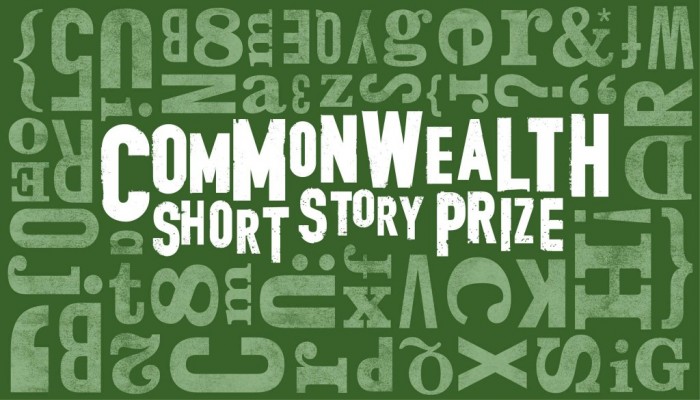A review of the Short Story- The Great Indian Tee and Snakes, winner of Commonwealth Literary Prize
- In Book Reviews
- 09:11 AM, Nov 07, 2020
- Kaninika Mishra
Indian literary fiction serves the English-speaking audience, both in India and abroad, a heady brew of exoticness, poverty and crime. The recent Commonwealth Short Story Prize winner, The Great Indian Tee and Snakes by Kritika Pandey is no exception. It continues the trend established by earlier Indian writers who have, as some scholars have declared, commodified Indian society and culture in exchange for global capital.
Indian writing in English, especially that caters to the west, has been, repeatedly incriminated for re-orientalism. Defined as Orientalism practiced and manifested by Orientals in representing the Orient, re-orientalism finds expression across different fields of art but has been found most pronounced in the social realism genre of English Fiction writing from the Indian subcontinent.
In an essay in the International Journal of Postcolonial Studies, Volume 17, 2015, Issue 5, India through re-Orientalist Lenses, Vicarious Indulgence and Vicarious Redemption,
Ana Cristina Mendes &Lisa Lau write, “…authors seem to take pleasure in rubbing the noses of their readers in the most wretched and dire poverty depictions possible. They do not refrain from othering the poor, and do so knowingly, but push the othering process to extremes (for a readership even further removed), in order to press home its absurdity and tragedy.”
Despite these arraignments, several Indian authors writing in English with any eye on western literary awards continue to emphasize, exaggerate and distort their country’s social dynamics and subvert traditional mores, indigenous ways of life and native classical arts.
The Great Indian Tee and Snakes is not only overtly re-orientalist, but the title announces its exoticism rather brazenly. The misspelt ‘tee’ for tea and the use of ‘snakes’ for snacks clearly pander to the familiar narrative about India. Apart from the allusion to a bad cliché—India as a land of snake charmers—the story itself is served with familiar tropes of grinding poverty and female disfranchisement. And, since it is 2020, there is also a liberal garnish of Islamophobia.
The plot is structured around a real incident, the murder of a Muslim boy in the author’s hometown by a mob, which made national news because of the religious angle given to the crime. With hundreds of news reports, op-eds and stories written on this event, the story carries the burden of familiarity, at least for readers in India. The plot, however, is not imperative in realist fiction. By stroking the imperceptible images and emotions in real-life situations, literature works to capture the reader’s imagination by lingering on little details and subtler aspects of the story. The Great Indian Tee and Snakes fails as it falls for the predictable. In the first sentence, the two characters of different faiths are described by a black bindi for the girl and a skull cap for the boy. Completing this stereotypical setting is the disapproval of the girl’s father on their friendship which is mentioned in the very next sentence.
Realist fiction often grapples with questions of authenticity especially when the writer’s own background makes it impossible to experience the life of his or her characters. Here, the story seems to have sacrificed authenticity for global appeal. We have the protagonist’s father, a tea vendor cleaning his ears with ‘Q-tips’, an unheard-of indulgence in poorer parts of India; and a reference to Beyonce, whose pictures the protagonist, the illiterate teenage daughter of the street-vendor cuts from newspapers. By her own admission, Pandey says that she added the American singer, in the story to show that “people from small towns in India are aware of her and the popular icon that she is, and so are my global readers including my friends in Rwanda, or in Chile or Argentina, and my friends in the global North. They all will read this story and will say that it’s adorable that this girl wants to be like Beyonce!”
This lapse is perhaps because the author’s own milieu is far removed from the one, she writes about. Coming from a well-off business class family she has had a private education and her parents have send her to university in Delhi and USA. In an interview, Pandey calls her protagonist working-class. This label is a travesty. Street-vendors and hawkers are one of the lowest segments of Indian society and form a part of a large unorganised economy of subsistence workers.
The author indulges the elite international intellectual class rancour against India’s current government with her abrupt and clumsy reference to the Indian prime minister. It pops up suddenly in the narration with the protagonist noticing the Prime Minister’s face in posters and masks around her. The narrator also tells us that the girl (with the black bindi) fears the prime minister’s objection to her friendship with the Muslim boy.
It is obvious that the formulaic elements in the story drum-up a certain political viewpoint. The world is presented in binaries of good and evil, love and hate, aloo samosa and keema samosa. Even yoga, one of India’s biggest source of soft power, is discredited, by showing the man doing yoga in a park as ogling at girls. This is perhaps because the Indian prime minister is an open proponent of yoga, and the success of International Day of Yoga passed in a historic resolution at the United Nations has been a cultural achievement for India.
Like the samosa, which the teenage protagonist makes at her father’s little snack stall, the story is stuffed with a mishmash of fillings in the hope of making it palatable to an international audience. It pushes forward an uneven narrative of India currently being sold at a good price at the high altar of literary fame.
Image Credit: Wikipedia,







Comments